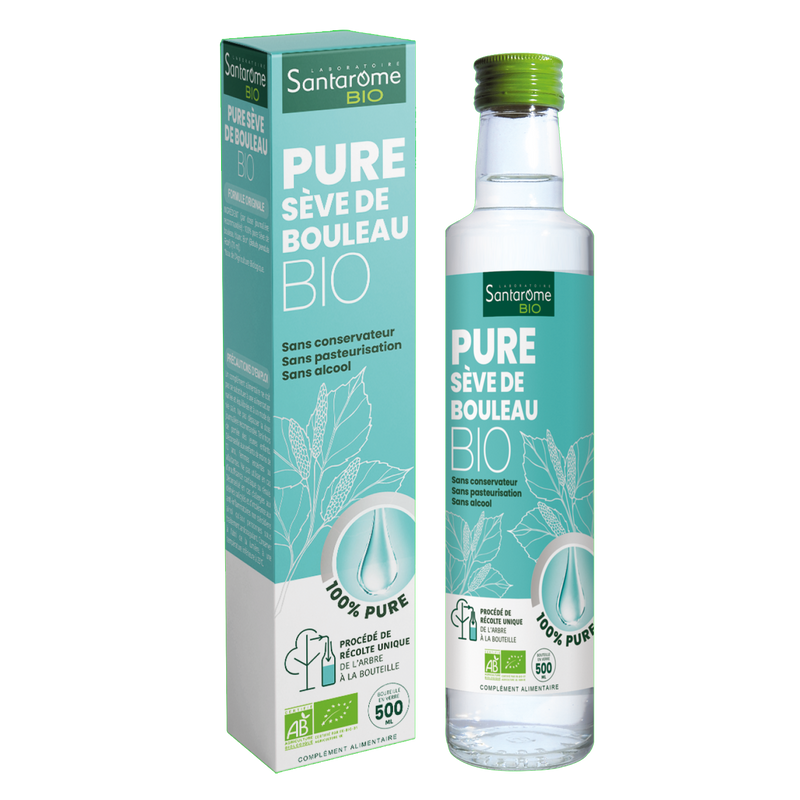Origin and history
Hyaluronic acid is a molecule naturally present in the body, particularly in the skin, joints, and connective tissues. Discovered at the beginning of the 20th century, it owes its name to the Greek word hyalos , meaning "glassy," due to its transparent appearance. Initially studied for its role in joint lubrication, it is now widely used in cosmetics and dietary supplements for its hydrating and protective properties.















